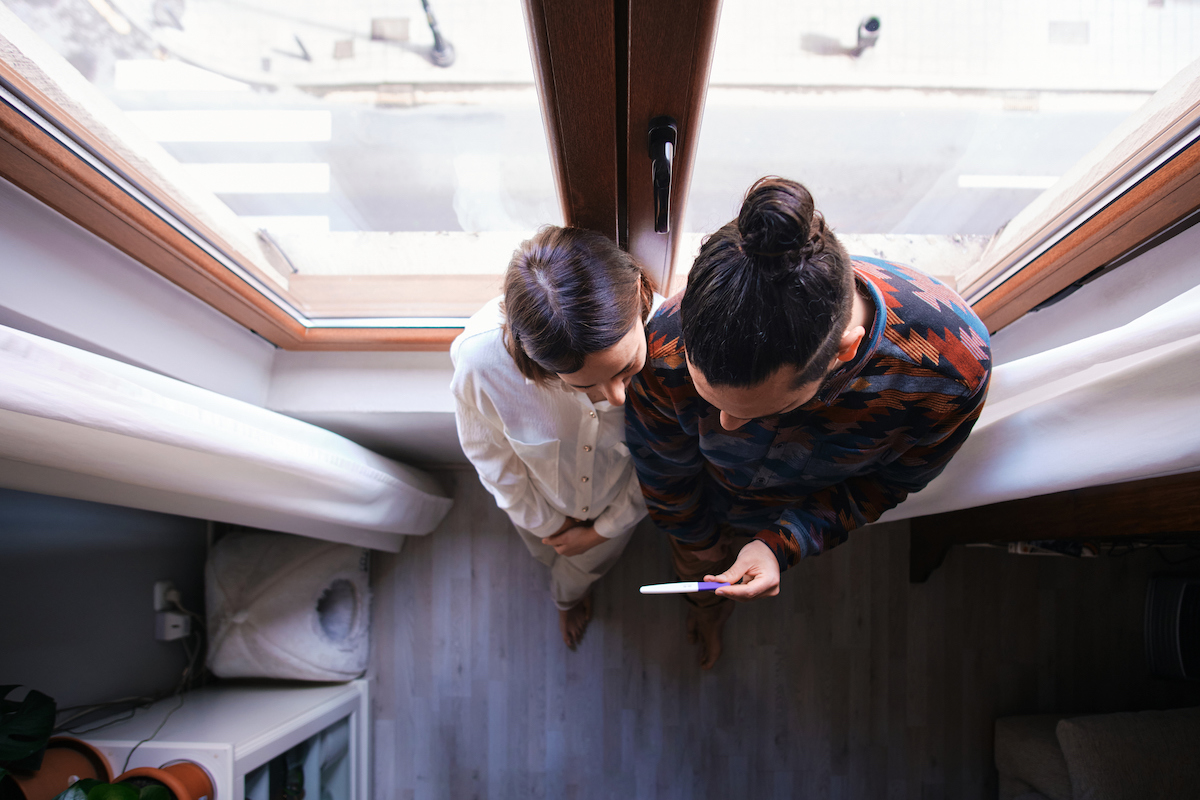My husband and I are trying to conceive, but he has a low libido. Is it enough to track ovulation and only have sex the day I ovulate? I’m worried we’ll never get pregnant trying this little. Anything we can do? What are our odds?
—TTC Mary
Within any given month, there is a relatively limited window in which you can get pregnant. Basically, at the moment when you ovulate, you need sperm to be waiting for the egg to fertilize it. The chances of this are best with sex on the day of ovulation or the day before. Given that sperm can live a (relatively) long time — up to five days — sex a few days before ovulation can also work out, though with lower probability.
To directly answer your question: if you are successfully tracking ovulation, sex on either the day before or the day of ovulation should work. Ovulation test tracking can help with this, and you may also want to monitor your cycle through other means (an app, the Oura Ring, etc.). If you’re very regular, then you’re getting a lot of value from one well-timed sex experience each month. If your cycle is more irregular, then limiting to once a month may be a little harder, since you may miss the right day if it’s hard to predict. The most proactive thing you can do is a good job on cycle tracking.
I will mention that for some people even without a low libido, the “We must have sex right now on this day at this time” can be extremely stressful and unpleasant. You may find that this is hard to achieve, and makes an already perhaps somewhat stressful situation worse. If that happens, I’d urge you to consider something like artificial insemination, which you can likely do at home, and possibly on more days. Be creative, and gentle with yourselves.
Good luck!
Community Guidelines




















Log in